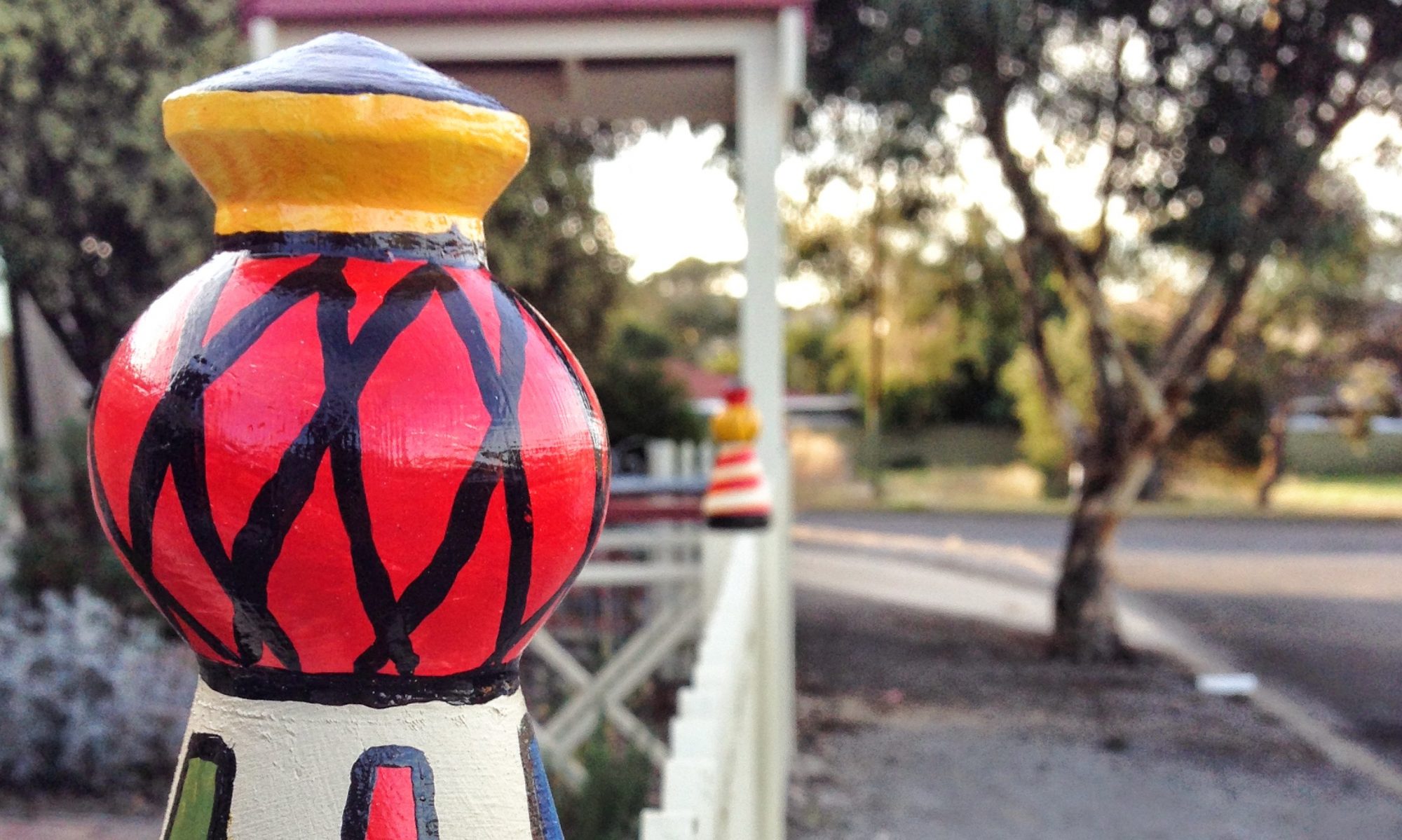Another week and another small bowl. The bowl was created on a cool and wet afternoon. The dog kept me company for the afternoon and kept listening for the rain, see photo. This was when it wasn’t chewing plants or digging holes, ahh the joys of puppies.

I bought some firewood at the local garden centre about a year or so ago. I thought that this would be a cheap was to get wood for turning. Most of it was red gum but I picked up a couple of other logs. They were lighter in colour and not as dense. I didn’t spend more than $5 on the whole lot so no great loss if it was useless. The pictures above show the raw material and the blank mounted on a plate ready for turning.
It thought that the best outcome was a bit of practice. It was a surpise to see that the light coloured wood was spalted. I had not realised that this occurred in Australian timbers until quite recently , so I was pleasing to see this emerging as I turned the bowl. An otherwise plain bowl is lifted by the attractive patterns left after the spalting.














